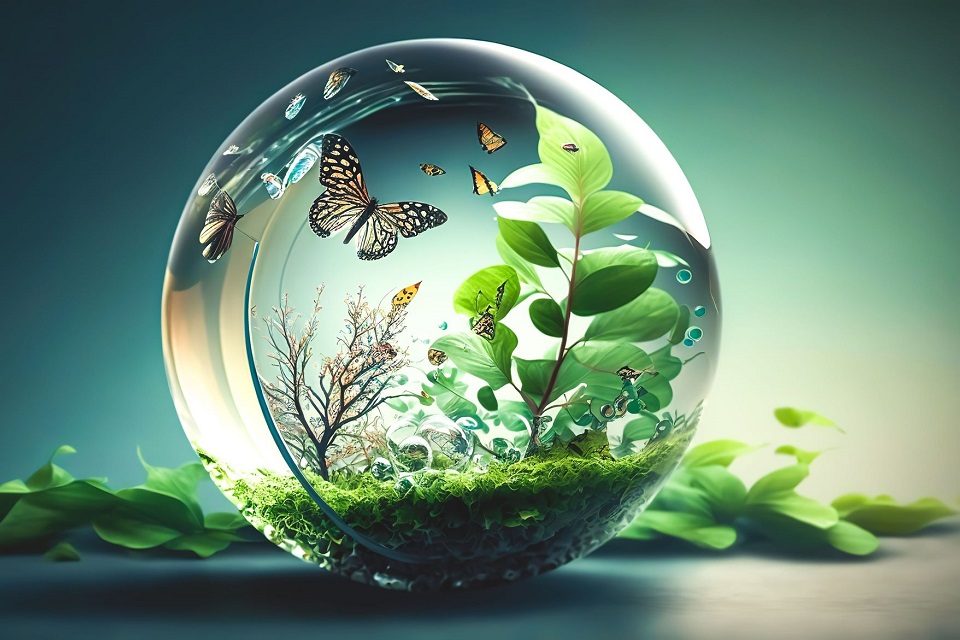In the intricate mosaic of our planet’s ecosystems, biodiversity forms the very foundation of life. Within this delicate balance, the imperative of preserving biodiversity finds a steadfast ally in the realm of wildlife conservation. Wildlife, spanning from majestic apex predators to the smallest organisms, serves as a custodian of ecological equilibrium. As we confront imminent challenges to this delicate balance, a profound comprehension of the interplay between wildlife conservation and biodiversity preservation becomes imperative.
This exploration navigates the pivotal role that wildlife conservation assumes in safeguarding the diverse array of life forms, ensuring the resilience and continuity of Earth’s intricate biodiversity.
The Significance Of Wildlife Conservation
Wildlife plays a pivotal role in maintaining the delicate balance of ecosystems. Beyond their aesthetic appeal, various species contribute to ecological stability, pollination, and nutrient cycling. For instance, apex predators regulate prey populations, preventing overgrazing and preserving vegetation diversity. Recognizing the importance of charismatic species, such as elephants or wolves, underscores the interconnectedness of all living organisms.
Anthropocentrism Vs. Biocentrism
To understand the essence of wildlife conservation, we must delve into the contrasting philosophies of Anthropocentrism and Biocentrism. Anthropocentrism, rooted in a human-centric worldview, often neglects the intrinsic value of non-human entities. In this perspective, nature is considered primarily as a resource for human use, and its worth is determined by its utility to humans. This approach tends to overlook or undervalue the intrinsic worth of elements like plants and animals.
In contrast, Biocentrism offers an ecocentric perspective, emphasizing the inherent value of all living beings. Nature, including non-human entities, is valued in and of itself, irrespective of its utility to humans. Each organism is recognized as having intrinsic worth, and the philosophy acknowledges the interconnectedness of all living things.
When discussing anthropocentrism vs. biocentrism, the shift is pivotal in sustainable conservation efforts. It calls for a holistic approach that extends beyond human interests, emphasizing the preservation of entire ecosystems for the benefit of the planet and all its inhabitants.
Success Stories In Wildlife Conservation
Examining successful wildlife conservation projects reveals tangible benefits to biodiversity. Take the case of the gray wolf reintroduction in Yellowstone National Park. By controlling elk populations, the wolves indirectly led to the recovery of vegetation and positively influenced the behavior of other species. Such triumphs demonstrate the profound impact of wildlife conservation on ecosystems.
Challenges & Threats To Biodiversity
Despite successes, biodiversity faces severe threats, many of which are rooted in Anthropocentrism. Human activities such as deforestation, habitat destruction, and climate change contribute to species loss. The prevalent belief that nature exists primarily for human exploitation exacerbates these challenges. It is imperative to recognize the role of Anthropocentrism in these threats and strive for a paradigm shift.
Integrating Biocentrism Into Wildlife Conservation
Addressing the challenges requires a holistic approach that integrates Biocentrism into wildlife conservation strategies. Conservation efforts should extend beyond saving individual species to preserving entire ecosystems. By embracing Biocentrism, we acknowledge the interconnectedness of all life forms and prioritize the health of ecosystems over narrow human interests. This shift is fundamental to achieving sustainable and long-term biodiversity preservation.
Wrapping Up
In saving the many different plants and animals on Earth, wildlife conservation plays a super important role. It’s not just about keeping one type of animal safe; it’s like protecting the whole beautiful picture of life. To do this, we need to go beyond thinking only about what’s good for people and start caring about everything in nature. This shift helps us make sure that not only do different environments stay healthy, but we also understand how every living thing is important in nature’s big song. Let’s join in and take action to keep the Earth’s music playing for a long, long time!
